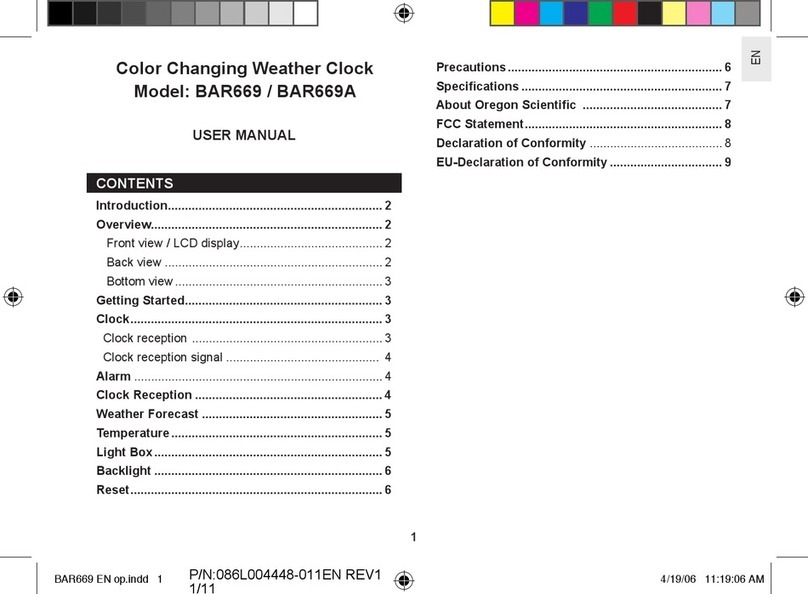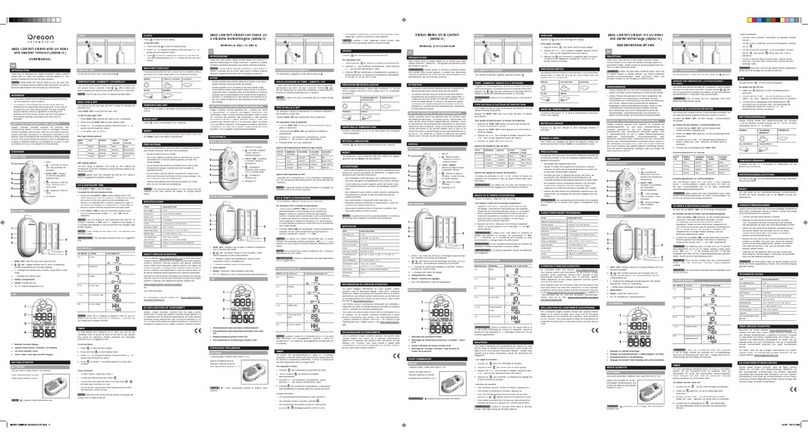Oregon Scientific BAR182HG User manual
Other Oregon Scientific Weather Station manuals
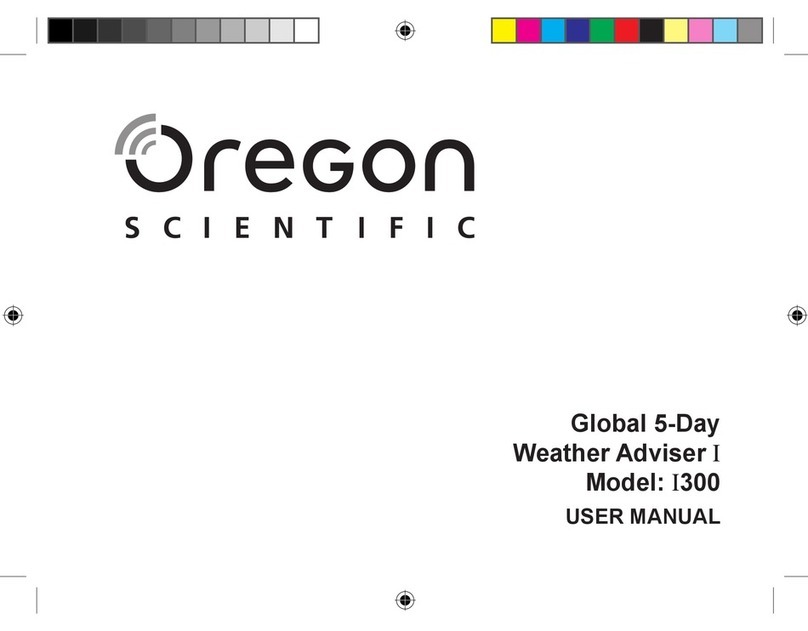
Oregon Scientific
Oregon Scientific Global 5-Day Weather Adviser II I600 User manual
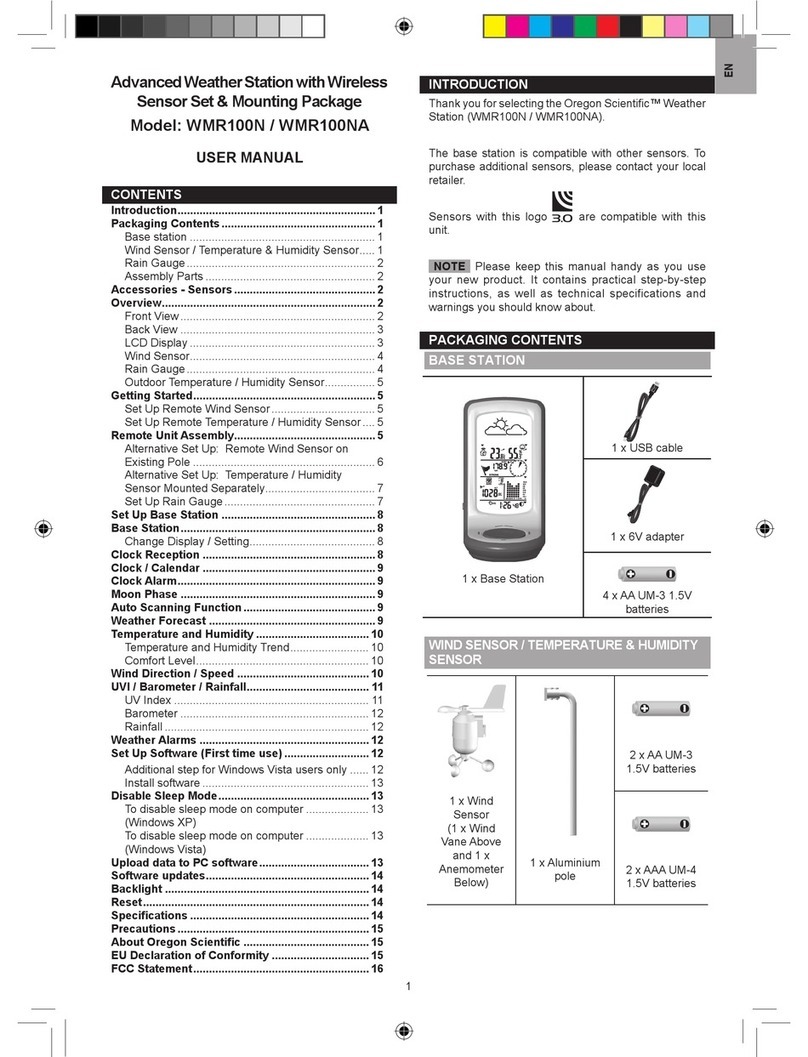
Oregon Scientific
Oregon Scientific WMR100NA User manual
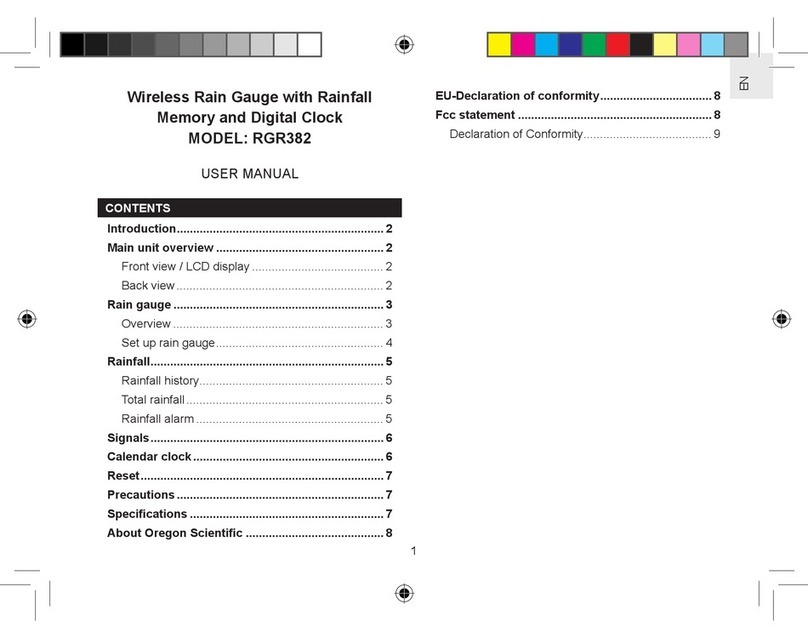
Oregon Scientific
Oregon Scientific RGR382 User manual

Oregon Scientific
Oregon Scientific BAR200 User manual
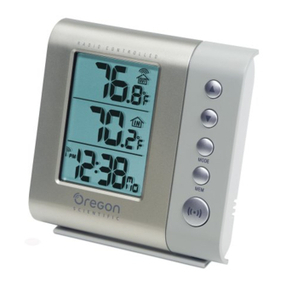
Oregon Scientific
Oregon Scientific RMR602A User manual
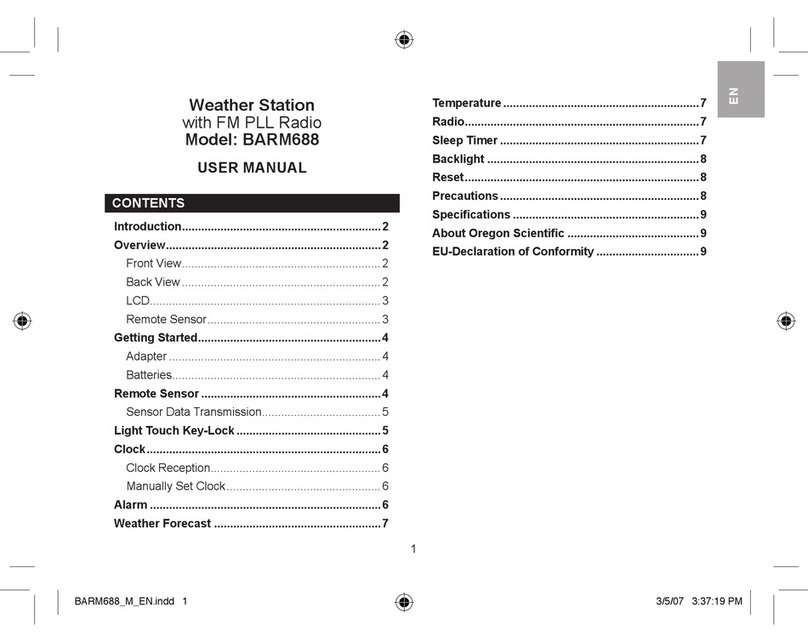
Oregon Scientific
Oregon Scientific BARM688 User manual
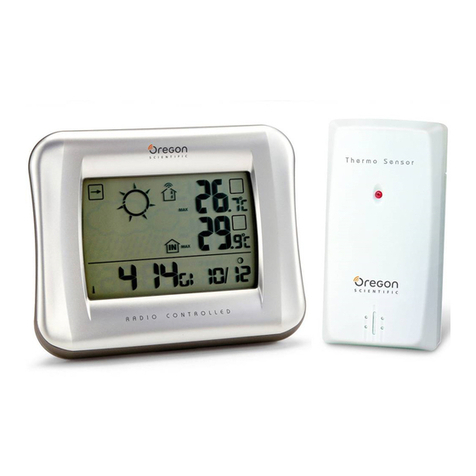
Oregon Scientific
Oregon Scientific BAR686 User manual
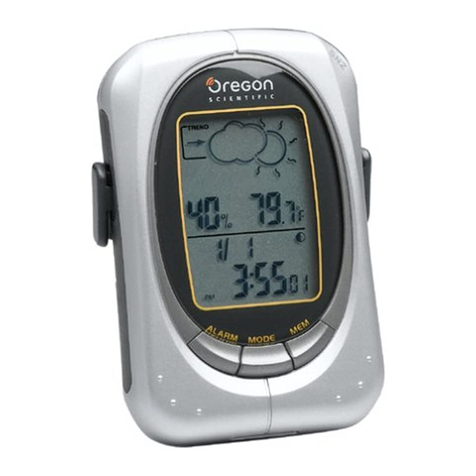
Oregon Scientific
Oregon Scientific EB313HG User manual

Oregon Scientific
Oregon Scientific BAR688HGA User manual

Oregon Scientific
Oregon Scientific BAR806 User manual
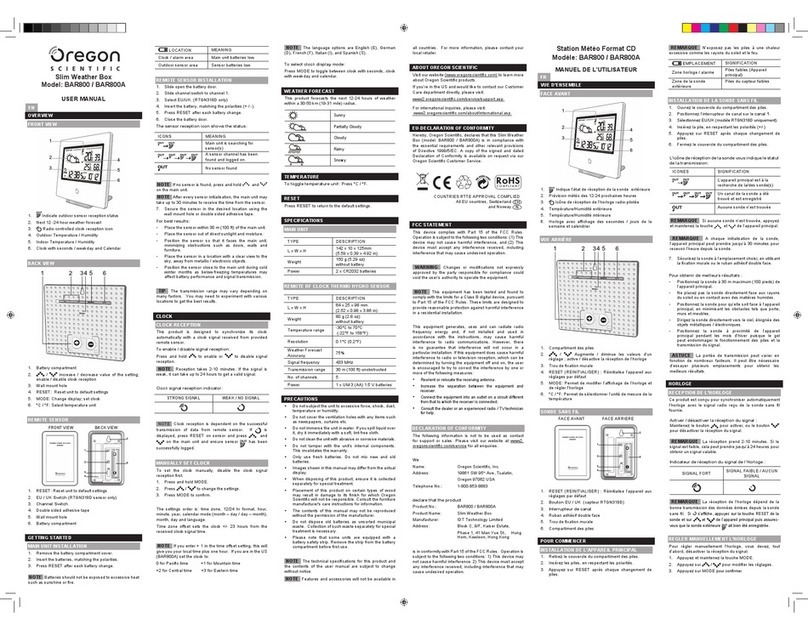
Oregon Scientific
Oregon Scientific BAR800A User manual
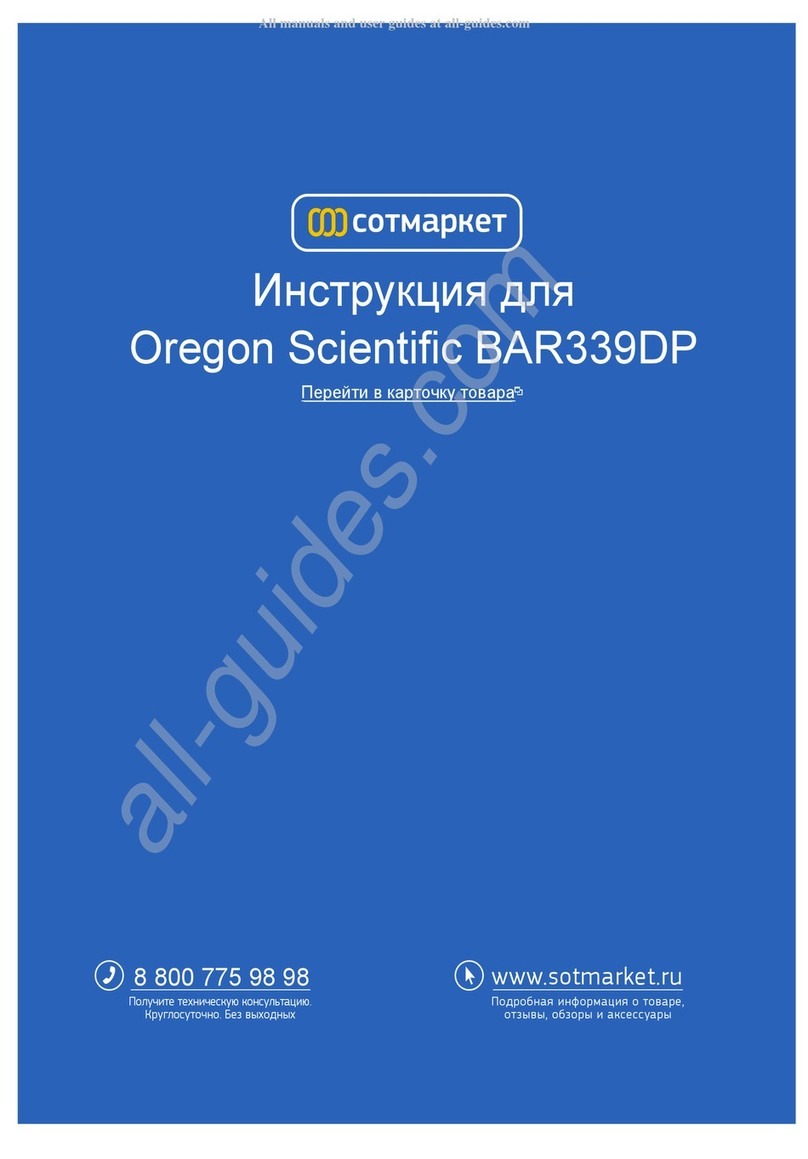
Oregon Scientific
Oregon Scientific BAR339DPH User manual
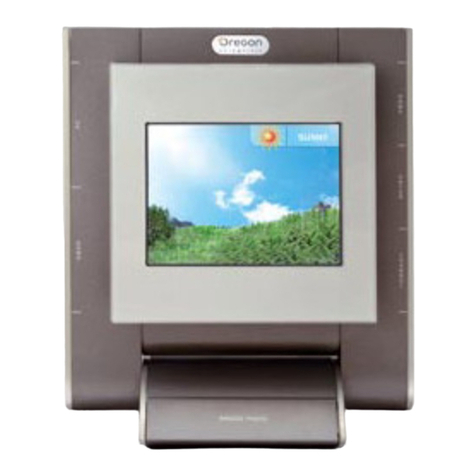
Oregon Scientific
Oregon Scientific AWS899 User manual
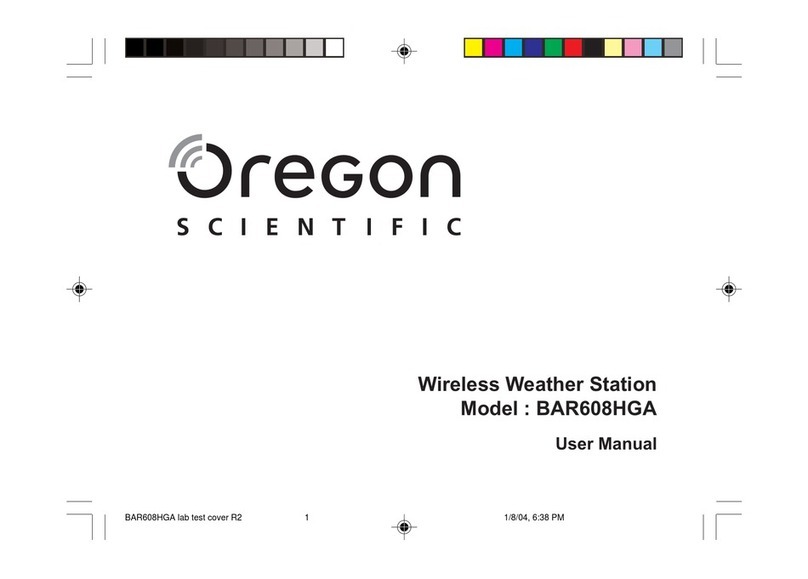
Oregon Scientific
Oregon Scientific BAR608HGA User manual
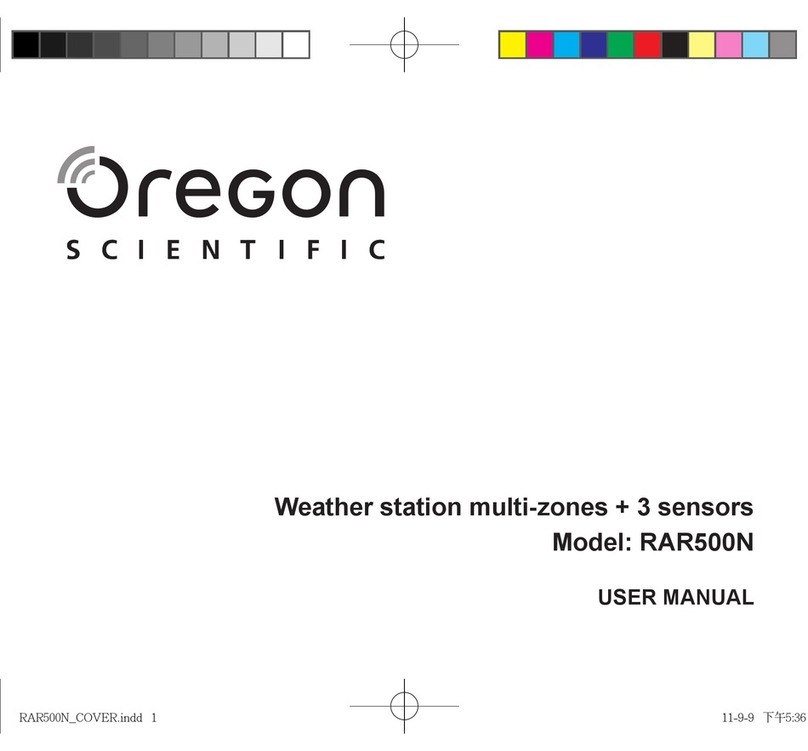
Oregon Scientific
Oregon Scientific RAR500N User manual
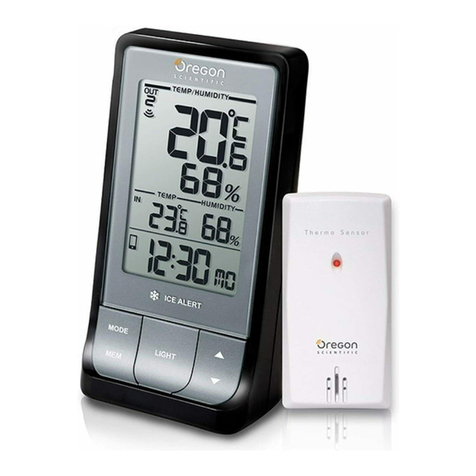
Oregon Scientific
Oregon Scientific Weather Home RAR213HGX User manual

Oregon Scientific
Oregon Scientific BAR220A User manual

Oregon Scientific
Oregon Scientific 086L005036-017 User manual
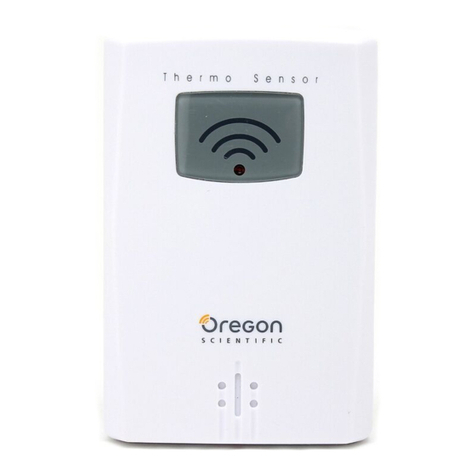
Oregon Scientific
Oregon Scientific THGN122N User manual
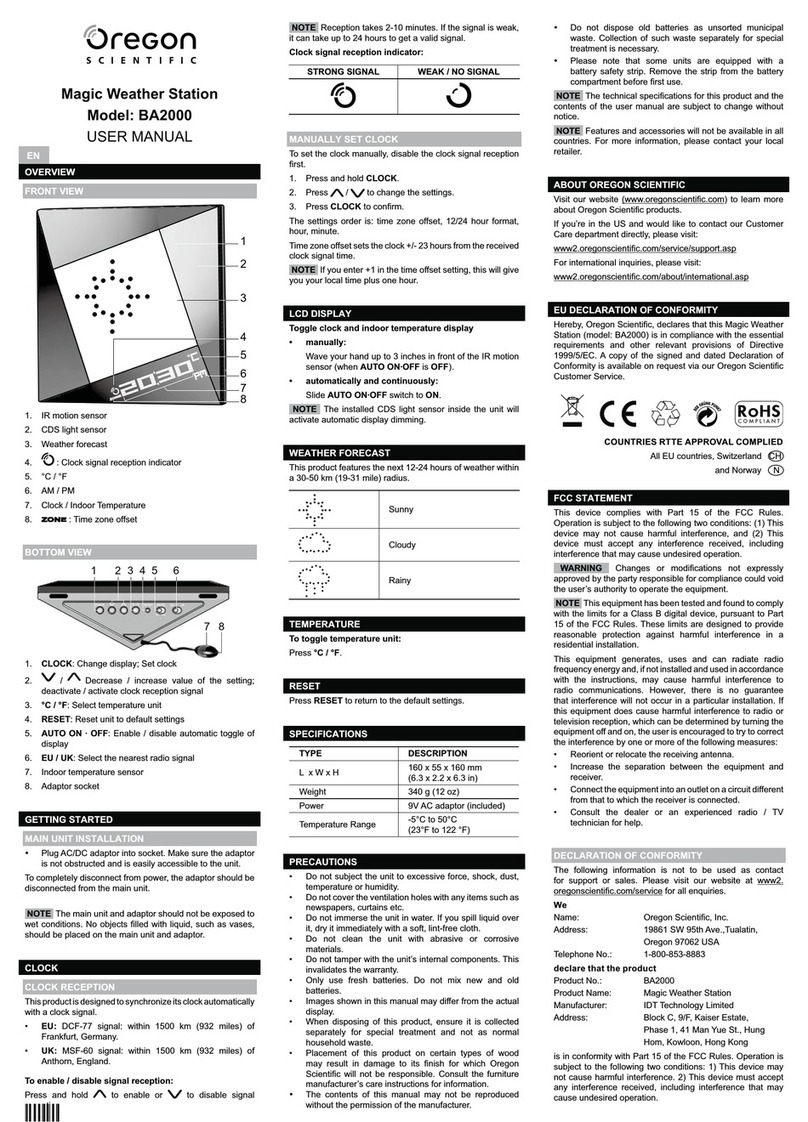
Oregon Scientific
Oregon Scientific Magic BA2000 User manual
Popular Weather Station manuals by other brands

ADE
ADE WS 1711 operating instructions

WAREMA
WAREMA EWFS Weather station eco Operating and installation instructions

Auriol
Auriol z29592 Operation and safety notes

Auriol
Auriol 296289 Operation and safety notes

Hyundai
Hyundai WS 2266 instruction manual

La Crosse Technology
La Crosse Technology WS-2210 Operation manual

La Crosse Technology
La Crosse Technology WS-811561 manual

Ventus
Ventus W177 owner's manual

National Geographic
National Geographic VA Colour RC instruction manual

Instant Transmission
Instant Transmission MA 10410 instruction manual

Lutron Electronics
Lutron Electronics PHB-318 Operation manual

La Crosse Technology
La Crosse Technology WS-9118U instruction manual

